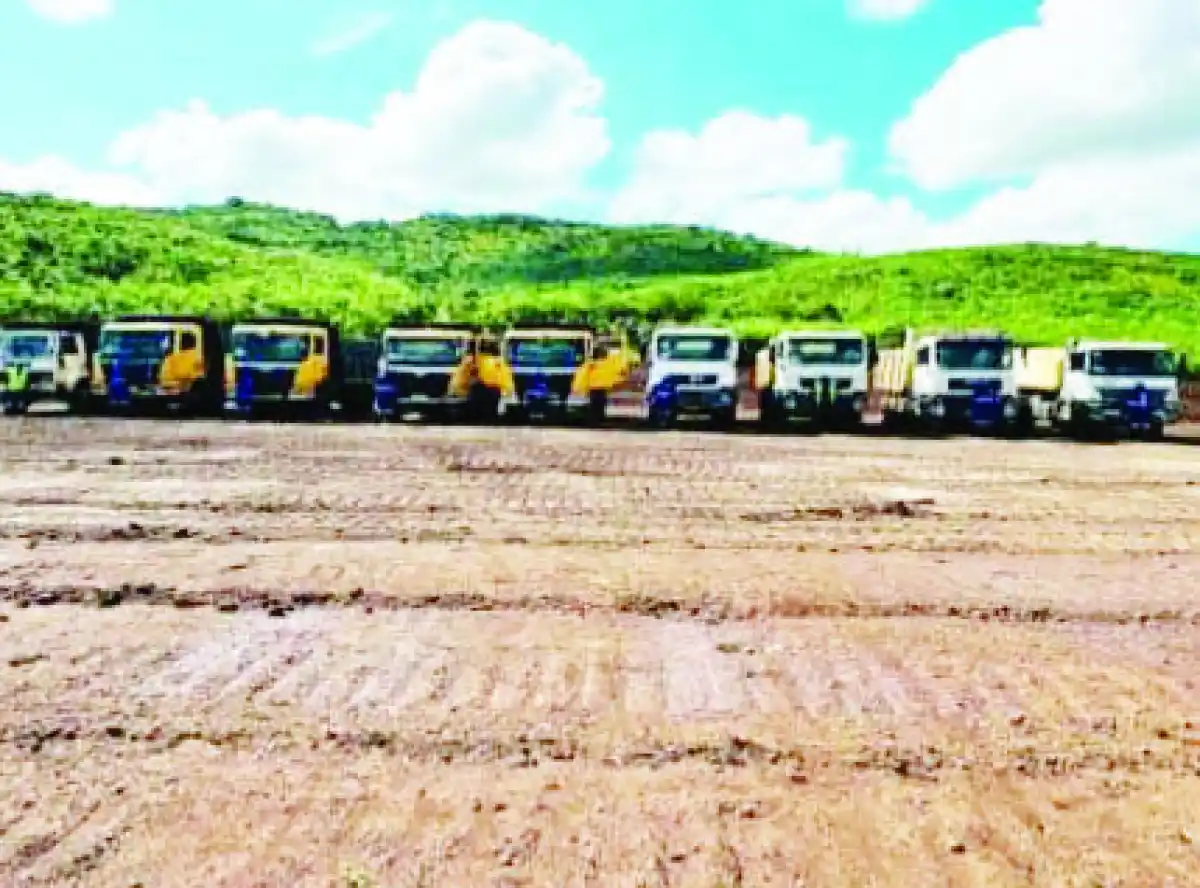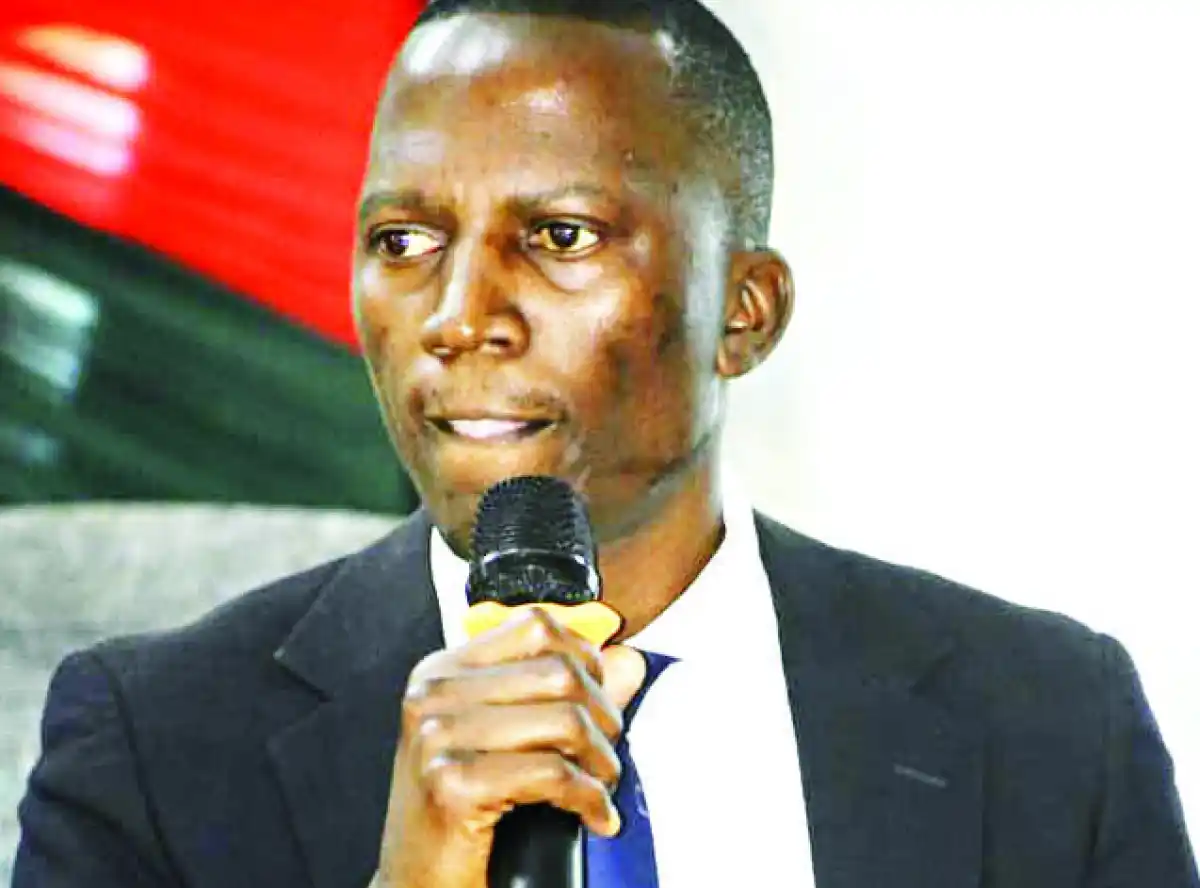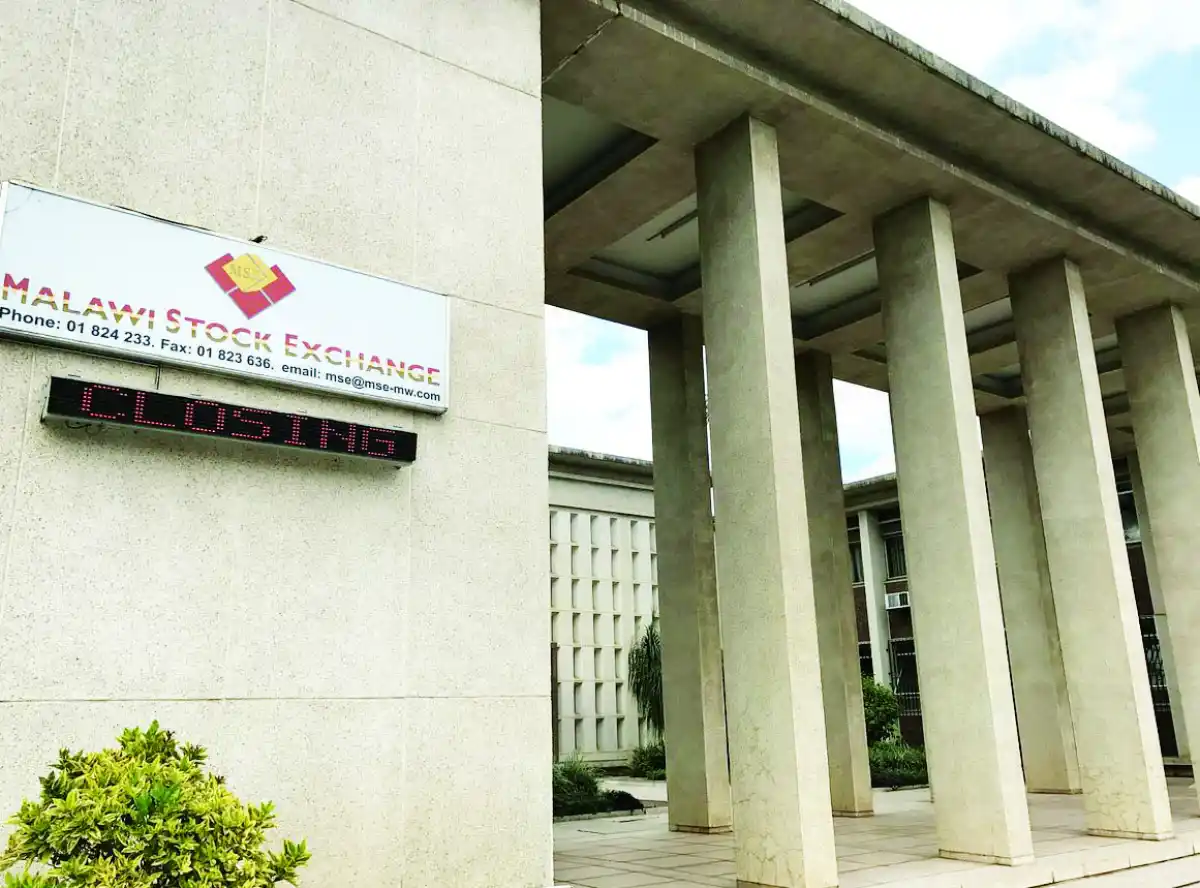
Australian Stock Exchange-listed miner Lindian Resources Limited has commenced initial civil and infrastructure development works at its Kangankunde Rare Earths Project in Balaka District.
Kangankunde, also known as the king of rare earth deposits, is recognised as the largest reported rare earths deposit globally outside of China.
It has a mineral resource estimate of 261 million tonnes averaging 2.19 percent total rare earth Ooxide (Treo), encompassing 5.7 million tonnes of contained rare earths, including 1.2 million tonnes of critical metal elements neodymium praseodymium (NdPr) with an NdPr ratio averages 20.2 percent of Treo.
In a statement published on the Australian Stock Exchange website on Friday, Lindian described the commencement of the works as a milestone in the delivery of one of the world’s most significant undeveloped rare earth assets.
The start of site works follows the commencement of construction of a new five-kilometre access road in February this year.
Lindian Chairperson for Project Delivery Zac Komur said the initiation of the projects showcased the firm’s dedication to progressing Kangankunde with both urgency and a fresh perspective.
“Through collaboration, best practice efficiencies and on-site management, the current road works are ahead of schedule allowing for the company to utilise equipment and skilled personnel, delivering pre-development time and significant cost savings.
“This milestone signifies our commitment to providing lasting value for shareholders whilst fast-tracking the development of Kangankunde,” Komur said.
Among other things, the firm says pre-construction earth works have commenced to fast-track development timelines and reduce costs.
It adds that plant processing and product storage areas have been completed.
The miner says due to the current road works being substantially ahead of schedule, it has managed to utilise equipment and skilled workers from road crews, which has presented considerable time and cost benefits to the company in the commencement of early work programmes.
In its 20th Malawi Economic Monitor, titled ‘The Rising Cost of Inaction’, the World Bank observed that between 2026 and 2040, the mining sector could generate a total of $30 billion in exports for Malawi, with annual exports reaching $3 billion by 2034, and remain broadly stable over the life of mines.
World Bank Energy and Extractives Global Practice Manager Robert Schlotterer said the revenues, if realised, could expand the fiscal space, generate significant foreign exchange, ease debt challenges and catalyse accelerated economic and social progress.








0 Comments